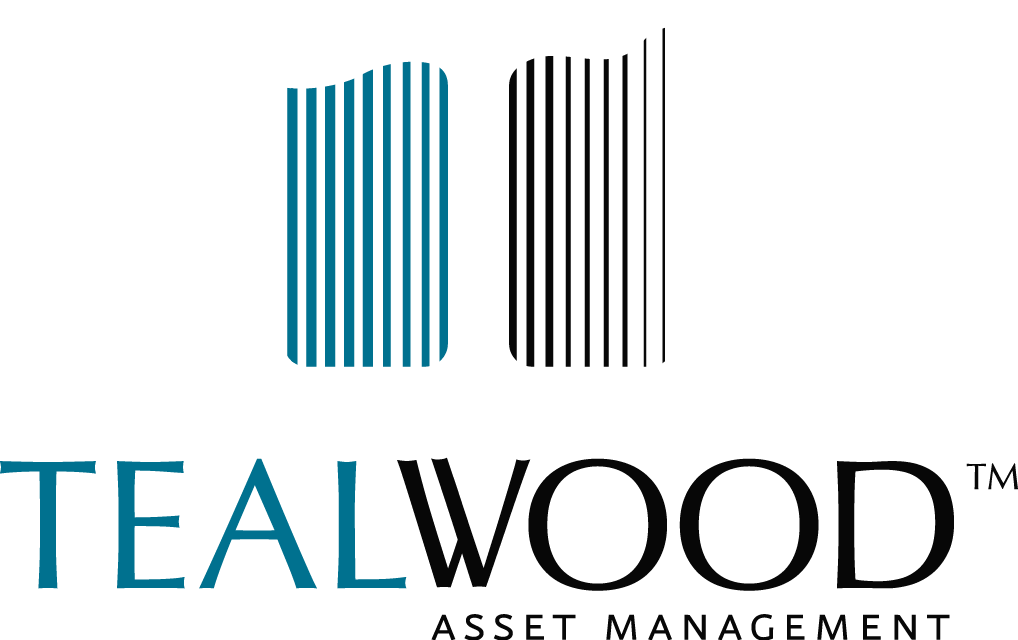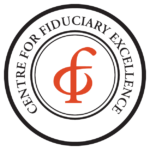Ringing in this New Year begins by acknowledging that U.S. equities have overachieved in the past three years, and that the robust marketplace has been a very helpful tailwind. The opportunities ahead of us are promising and constructive. Our strategy is to be fully invested in our portfolios to provide a great resource to fulfill your asset allocation in each of the asset classes. We are equally focused on the potential risks and rewards, while also being simultaneously (and
selectively) bullish and cautious.
You might ask, “Why be careful?” or, “Careful about what?” The market has been on a ride to record highs, and investors who have slowed down to over examine risk factors may have missed out on some of the exuberance.
The market’s history is filled with moments of the exuberance crashing and metrics regressing to the mean. On one hand, when the bubble inside the market expands, prior experience and critical thinking can seem like a hinderance amid a sprint. On the other hand, when the bubble contracts, plateaus, or disappears, then investing rationally to win the marathon regains its old significance.
Valuation, Concentration, and the Interest Rate/Inflation Inflection Point
The record highs are accompanied by expensive valuations. Over these trailing three years of overachievement, S&P 500 Index earnings rose from $158 in 2018, to what is forecasted to be $204 for 2021. That represents about a 30% increase, or about 9% annually. Over the same period, this Index appreciated from approximately 2700 to over 4660 – an increase of over 70%. Valuation expansion accounted for a significant amount of this increase although the market was not necessarily undervalued at the start of this period. In 2021, using round numbers, 14% of the companies in the Index trading at just under 70X their 2022 estimated earnings (excluding companies without 2022 estimates) accounted for over 16% of the market cap and contributed over a third of the Index result. The valuation correction is already underway. Beyond this “mainstream index”, the speculative frenzy has been explosive (from IPOs to SPACs). Each month in 2021 brought new examples of excess.
The impact of concentration is also alarming. A mere seven companies, given their Market Cap and weight within the index, provided for an outsized portion of the Index return. It is ironic that one of the arguments for passive indexing has been diversification, but now the Index itself has become dominated by unprecedented concentration.
The intentions of the Federal Reserve to increase interest rates and to decrease bond purchases have been clearly expressed. When these events occur, we foresee incrementally slower growth and the makings of a further valuation correction. We believe that the attendant risks will be disproportionately concentrated in the most expensive companies in equities and in longer maturities in bonds. The same correlation is applicable to higher rates of inflation.
Managing for Risk and Reward
In this environment, we are committed to both objectives: managing for risk and managing for reward. In our Equity portfolios, we manage for valuation risk and have stayed out of the froth. In bonds, in 2021, when many fixed income indices were broadly negative, our defensive approach to managing for shorter maturities delivered relatively positive results. We expect that the stress factors in both asset classes will increase in the year ahead and beyond; and that the two-pronged approach of managing for both will be even more important.
We expect the Alfred E. Newman episode of “What? Me Worry?” to come to a worrisome unwinding, and that the discipline of the Rational Investor will serve as a worthy counterweight. In both equities and fixed income, we have positioned for this strategy, and are confident that our investment discipline will provide value amidst market stress.
*All data sourced from FactSet as of 12/31/2021, all calculations are based on this data and are approximate. The S&P 500 is not the only index against which to compare Tealwood Portfolios. Tealwood Portfolios are fundamentally different than the S&P 500 index.

